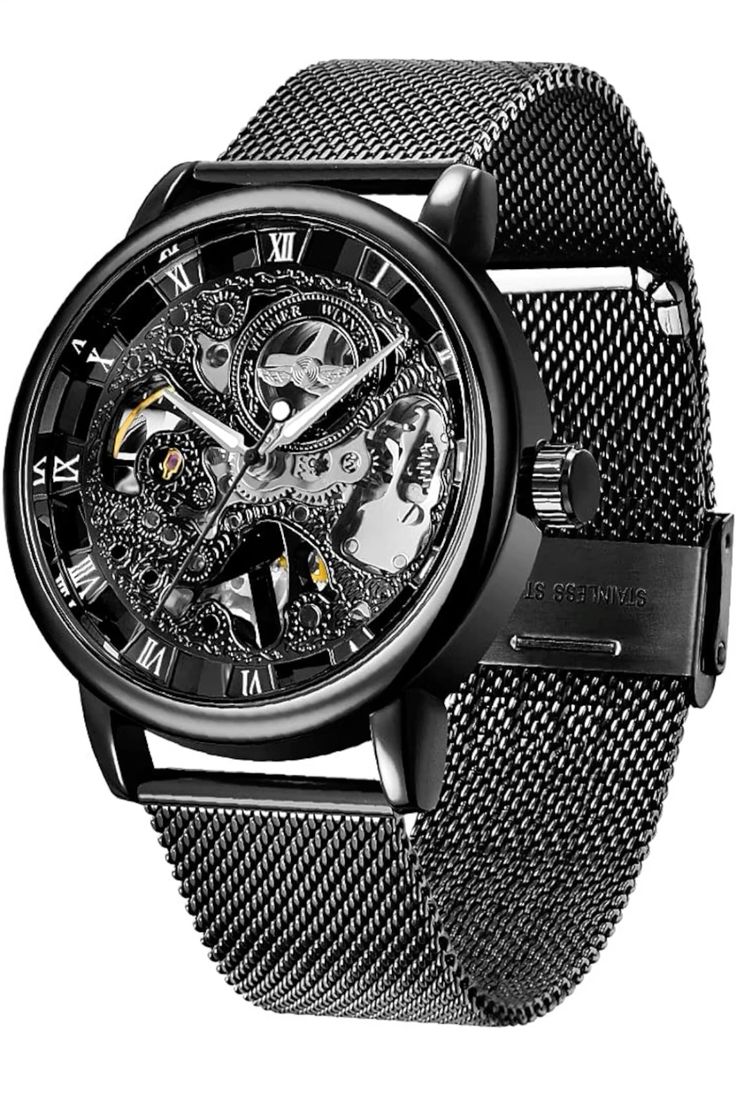In an age dominated by digital timekeeping devices, the allure of mechanical watches remains undiminished. These intricate timepieces, powered solely by intricate gears and springs, represent a marriage of engineering precision and timeless craftsmanship. Delving deeper into their functionality unveils a world where artistry meets science, where every tick and tock is a testament to human ingenuity.
The Heartbeat: The Escapement Mechanism
At the core of every mechanical watch lies the escapement mechanism, often referred to as the heartbeat of the timepiece. This intricate assembly regulates the release of energy from the mainspring, ensuring a consistent and precise flow of power to the rest of the watch. Common escapement designs include the lever escapement, the how do mechanical watches work lever escapement being the most prevalent, and the co-axial escapement, a more recent innovation introduced by George Daniels in the 1970s.
Harnessing Energy: The Mainspring and Gear Train
The mainspring serves as the energy source for mechanical watches, storing potential energy when wound and releasing it gradually to power the movement. Connected to the mainspring is the gear train, a series of gears and wheels that transmit this energy throughout the watch, driving various complications such as the hour, minute, and second hands. The careful design and arrangement of these components are crucial to maintaining accurate timekeeping.
Precision in Motion: The Balance Wheel and Spring
Central to the oscillating system of a mechanical watch is the balance wheel and its accompanying hairspring. This delicate duo regulates the timekeeping accuracy by oscillating back and forth at a consistent rate, typically several times per second. The balance wheel’s size, shape, and materials, as well as the tension of the hairspring, are meticulously adjusted during the watchmaking process to achieve optimal performance.
Taming the Elements: Adjustments and Complications
Despite their mechanical brilliance, watches are susceptible to various external factors that can affect their accuracy. Temperature changes, gravitational forces, and even the wearer’s position can influence a watch’s performance. To counteract these effects, watchmakers employ various adjustments and complications. These include mechanisms like the tourbillon, which compensates for the effects of gravity by mounting the escapement and balance wheel in a rotating cage, and temperature-compensated balances, which use special alloys to counteract the effects of temperature fluctuations.
The Art of Craftsmanship: Handcrafted Dials and Casings
Beyond their mechanical intricacy, mechanical watches are also celebrated for their aesthetic appeal. The dials, often adorned with intricate designs or complications such as chronographs or moon phases, serve as both functional indicators of time and artistic canvases for master craftsmen. Similarly, the casings of mechanical watches, crafted from precious metals or high-grade stainless steel, undergo meticulous finishing processes, such as polishing, engraving, and gem setting, to achieve a flawless appearance.
Preserving Tradition: The Appeal of Mechanical Watches in the Digital Age
In an era dominated by digital technology and mass production, the enduring appeal of mechanical watches lies in their timeless elegance and craftsmanship. Each watch is a testament to centuries of horological tradition and the skill of master watchmakers. The meticulous hand assembly and finishing processes, coupled with the mechanical complexity of the movements, imbue mechanical watches with a sense of artistry and heritage that cannot be replicated by their electronic counterparts.
Conclusion: The Enduring Legacy of Mechanical Watches
As we navigate an increasingly digital world, mechanical watches stand as a testament to the enduring legacy of traditional craftsmanship and precision engineering. Beyond mere timekeeping devices, they are symbols of elegance, sophistication, and the relentless pursuit of perfection. From the intricate escapement mechanisms to the handcrafted dials and casings, every aspect of a mechanical watch embodies the marriage of art and science, making it a timeless companion for generations to come.

